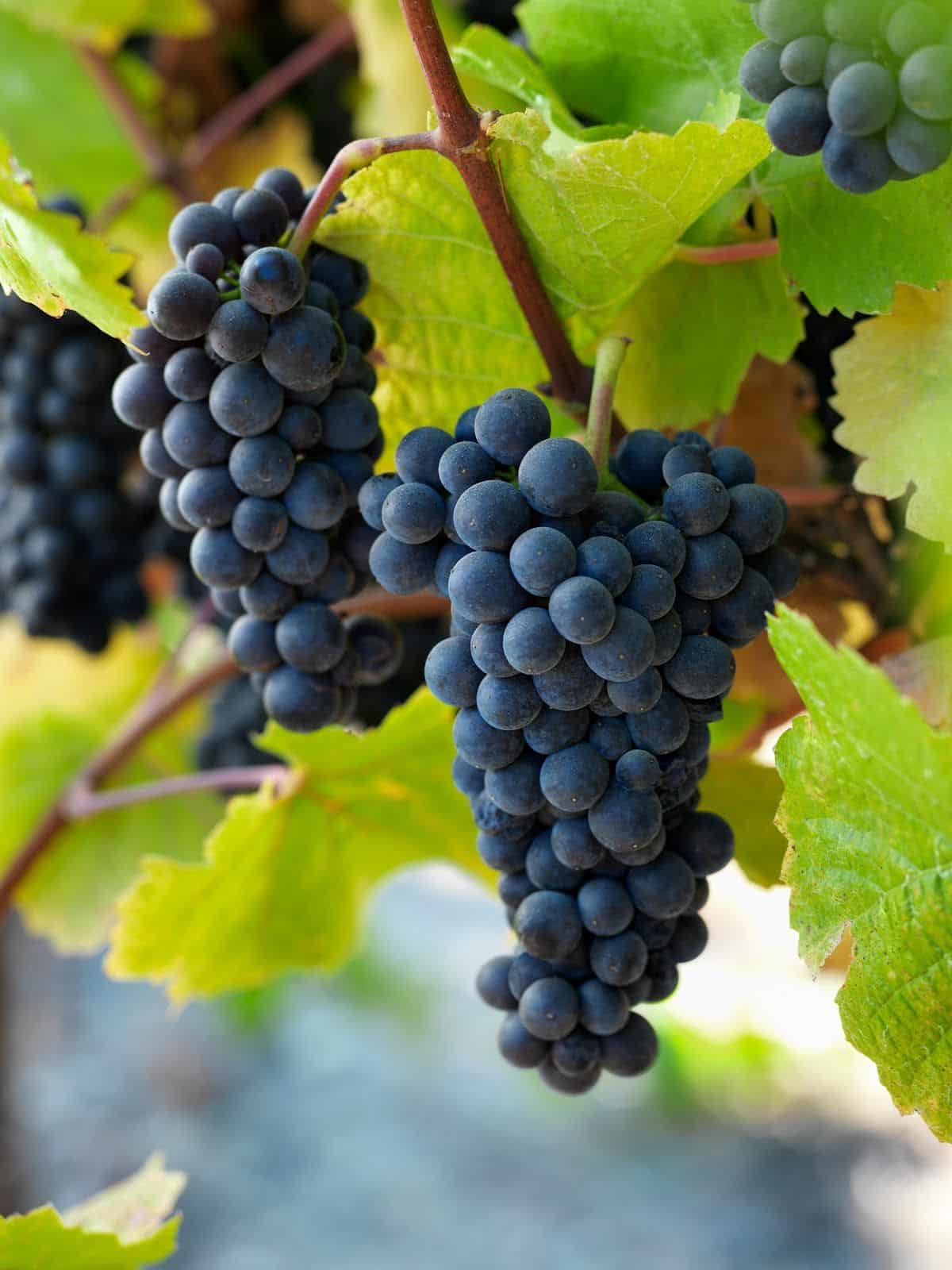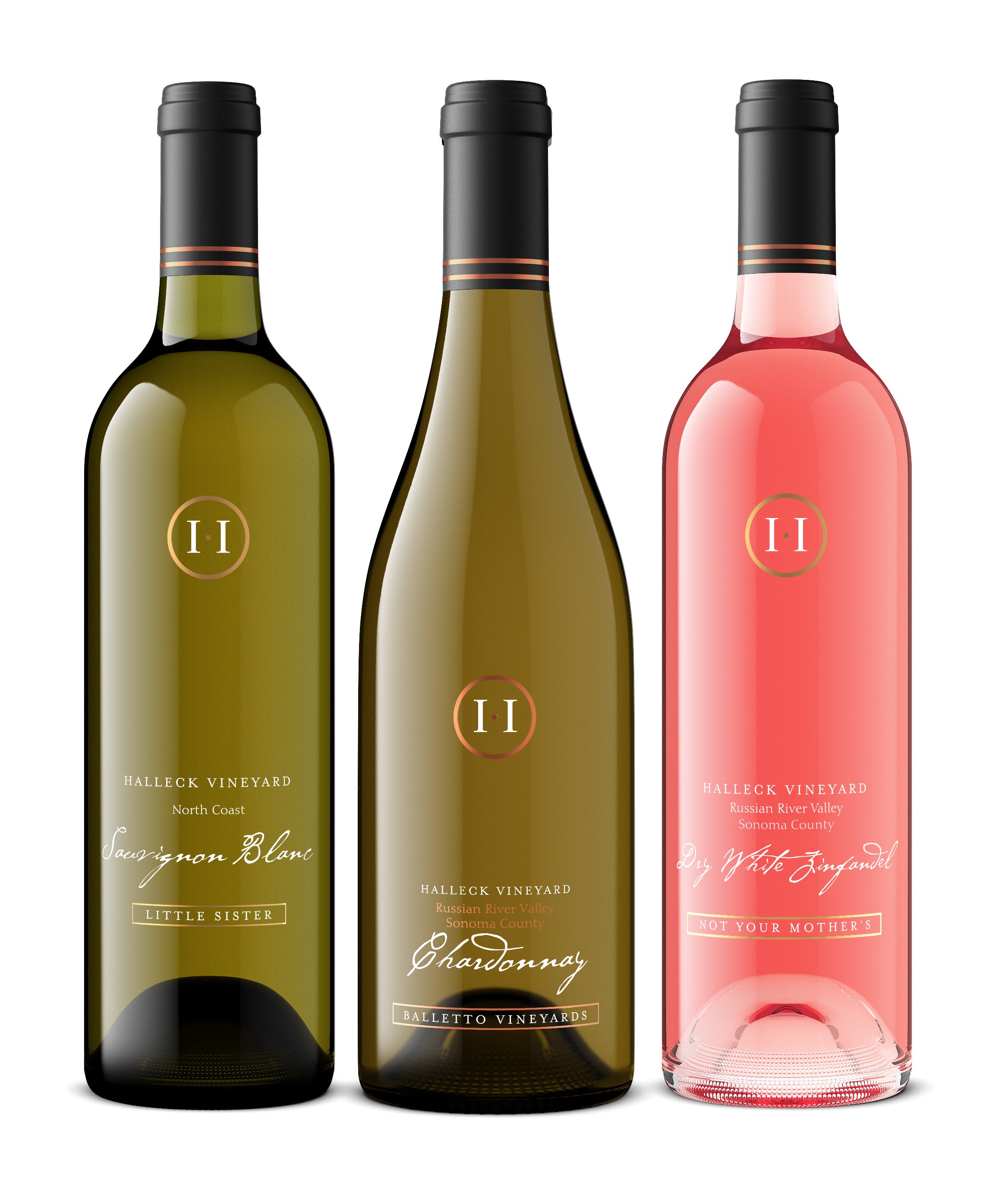Breathtaking Views From Sonoma Wineries - Sonoma Valley Vineyards And Wine Tasting
Rustic Family-Owned Wineries In Sebastopol - Tasting Fine Wines In Sonoma County
Wine tasting is an art that combines sensory experience with an appreciation for the nuances of various varietals. How to judge flavors in winery wine tasting sessions is pivotal to grasping the complexities of wine.
Partaking in a wine tasting includes more than simply sipping and savoring. It requires a centered method to establish aromas and flavors that each wine presents. As you begin, observe the wine's look, noting its colour and readability. These visual cues often suggest a wine’s age, grape variety, and even potential flavor profiles.
The next step within the tasting course of is to swirl the wine in your glass. This action releases fragrant compounds which are important for analysis. Lean in and take a second to inhale deeply; the aromas can vary from floral and fruity to spicy and earthy. The nostril of the wine is just as important as the palate, and recognizing scents plays a major function in understanding the general experience.
When taking your first sip, permit the wine to move throughout your palate - Wineries With Unique Varietals. Notice the preliminary flavors that current themselves. Is the wine fruity, floral, or maybe herbaceous? This initial taste offers perception into what the wine is likely to express as you proceed to judge it. The mouthfeel additionally contributes to the overall flavor experience; it can be silky, tannic, or even effervescent.
Wine Tasting Events In Sonoma County - Best Winery In Sonoma For Quality Wine
As you proceed tasting, take note of the wine’s steadiness. A well-balanced wine will harmonize acidity, sweetness, and tannins. If one component overwhelms the others, it would point out a much less fascinating high quality. Evaluating steadiness may help you establish how nicely the wine may pair with food.
Transitioning to the end, contemplate how the flavors evolve because the wine lingers in your palate. A long, nice end can indicate a high-quality wine, whereas a short or abrupt end may recommend in any other case. Mirror on whether the flavors remain consistent or if new notes emerge because the wine settles. This development can reveal complexities and intricacies which may not have been apparent in the preliminary tasting.
Temperature can be a crucial consider evaluating wine flavors. Completely Different kinds of wine are optimally loved at specific temperatures. White wines often shine when chilled, whereas purple wines generally carry out finest at room temperature. When tasting, make sure the wine is on the acceptable temperature to totally appreciate its character.
Upcoming Wine Festivals In Sonoma County - Sonoma’s Lush Vineyard Landscapes
Pairing food with wine can greatly improve the tasting experience. Meals can affect the perception of flavors in wine, both highlighting sure characteristics or diminishing them. When evaluating flavors, think about how the wine interacts with different foods, noticing which flavors are amplified or muted (Wineries With River Views).
Think About the influence of terroir as you have interaction in a winery tasting. Terroir encompasses the unique environmental factors that have an result on grape growing, together with soil composition, climate, and geography. Understanding a wine's terroir can present insight into its flavors and aromas, fostering a deeper appreciation for the alternatives made throughout its cultivation and production.
Schooling plays a fundamental position in enhancing one's capacity to gauge wine flavors. Studying about grape varieties, wine regions, and manufacturing strategies can pave the way for more knowledgeable judgments during tastings. Additionally, attending workshops or classes can refine sensory skills and broaden your flavor vocabulary, enabling you to articulate tasting notes more successfully.

Finally, it's important to remember that evaluating wine flavors is a extremely personal experience. Particular Person preferences and perceptions will invariably shape one’s tasting journey. Enjoyment should be at the forefront, with the evaluation process acting as a tool to reinforce understanding and appreciation quite than create rigid tips.
Interactive Wine Tasting Experiences In Sonoma - Top Sonoma Wineries To Visit
In conclusion, mastering how to evaluate flavors in winery wine tasting sessions includes a mix of sensory engagement, knowledge, and practice. By learning to determine aromas, assess the stability, and recognize the intricacies of flavor, wine enthusiasts can deepen their connection learn the facts here now to every bottle they encounter. As with any art form, the extra one immerses themselves in the experience, the more they will discover and enjoy the huge world of wine.
- Start by observing the wine's shade and readability, as these visual parts can trace at its flavor profile and getting older potential.
- Swirl the wine gently in your glass; this releases aromatic compounds, allowing you to better identify the complex scents associated with the wine.
- Take a deep inhale before tasting, specializing in each major and secondary aromas to assemble insights on fruits, spices, and different nuances.
- When tasting, enable the wine to coat your palate; note the preliminary flavors, the mid-palate complexity, and the end as these phases can present completely different flavor highlights.
- Pay attention to texture and mouthfeel, as elements similar to tannin levels, acidity, and sweetness contribute significantly to the overall tasting experience.
- Compare flavors against standard wine characteristics; for red wines, consider berry notes, oak affect, and natural tones, whereas whites might embrace citrus, stone fruits, and floral hints.
- Take notes through the tasting session to track your impressions, helping you to recollect and consider the totally different wines sampled.
- Talk About your findings with fellow tasters or winery employees, as sharing insights can enhance understanding and appreciation of individual flavors.
- Enable time for the wine to breathe; generally, flavors evolve and reveal new dimensions after being exposed to air.
- Experiment with food pairings in the course of the tasting as they will dramatically alter how flavors are perceived, influencing general enjoyment.undefinedWhat should I look for when evaluating the aroma of wine during a tasting?
Start by swirling the wine in your glass to launch its aromas. Convey the glass to your nose and take a deep breath. Pay attention to the primary scents you detect, as these are sometimes probably the most prominent. Look for fruit, floral, herbal, or earthy notes and attempt to establish specific characteristics, which will deepen your understanding of the wine's complexity.
Wineries Known For Their Beautiful Gardens - Sonoma Vineyard Tours

How can I distinguish between completely different flavor profiles in wine?
Perceive that flavor profiles are often categorized as fruit, floral, herbaceous, spicy, or mineral. Take small sips and allow the wine to coat your palate. Discover the primary flavors that emerge first and the refined notes that comply with. This layering is essential in distinguishing the wine's traits and will allow you to respect its unique profile.
Wineries Perfect For A Relaxing Afternoon - Top Sonoma Wine Tasting Destinations
What is the significance of the wine's texture in a tasting?
The texture of the wine, also recognized as mouthfeel, performs an important function in how we perceive flavors. Pay consideration to whether the wine feels clean, creamy, or gritty. The body of the wine (light, medium, or full) can enhance or distinction with flavors, providing a extra rounded experience throughout tasting.
How do I assess the stability of flavors in wine?
Steadiness in wine refers back to the concord between acidity, sweetness, tannin, and alcohol. Take a second to assess whether these parts complement or interfere with each other. A well-balanced wine could have none of its elements overpowering the others, creating a nice tasting experience.
Wineries That Welcome Walk Ins - Sonoma Area Winery For Tasting
What position does temperature play in evaluating wine flavors?
Temperature can significantly influence the perception of flavors. Typically, red wines are finest served slightly beneath room temperature, while white wines get pleasure from being chilled. As the temperature modifications, the aromas and flavors can shift, permitting you to perceive completely different characteristics. It’s important to taste wine at its optimal temperature for true analysis.
Wineries Known For Their Beautiful Gardens - Enjoying A Vineyard In Sonoma
How can I enhance my tasting skills over time?
Practice is key to enhancing your tasting skills. Spectacular Vineyard Views In Sonoma. Attend tastings, maintain a journal of your experiences, and discover several sorts of wines to broaden your palate. Moreover, learning about wine production and grape varieties can present context that enhances your evaluation process, making you a extra informed taster.
Is there a selected order during which I should style the wines?
Wineries Pairing Wine With Chocolate - Sebastopol Winery Experience
Sure, it’s advisable to taste wines from light to full-bodied and dry to candy. This development prevents the stronger flavors from overshadowing the more delicate ones, allowing you to totally appreciate each wine's traits and nuances with out palate fatigue.
How can I consider the aftertaste of wine?
Wineries Renowned For Cabernet Sauvignon In Sonoma - Wine Tasting Activities In Sebastopol
The aftertaste, or end, is a crucial side of the wine-tasting experience. After swallowing, take note of how long the flavors linger on your palate and whether they change. A long, pleasant end is commonly an indicator of a high-quality wine, whereas a short or disagreeable this post end could recommend otherwise.
Why is it important to note the wine’s acidity throughout tasting?
Acidity contributes to the overall freshness and construction of the wine. Pay attention to the tingling sensation in your tongue; greater acidity can improve the wine's liveliness and steadiness out sweetness. Noting acidity helps decide the wine's versatility with food and its growing older potential.
What should I do if I struggle to identify particular flavors in wine?
Remarkable Craft Wineries In Sebastopol - Craft Wineries In Sonoma
Struggling to identify flavors is widespread, especially for newbies. Focus on broader classes and describe what you'll find a way to acknowledge, corresponding to candy or earthy notes. With practice, studying about completely different flavor profiles, and maybe utilizing flavor wheels, you may refine your senses and develop a extra nuanced method to tasting.